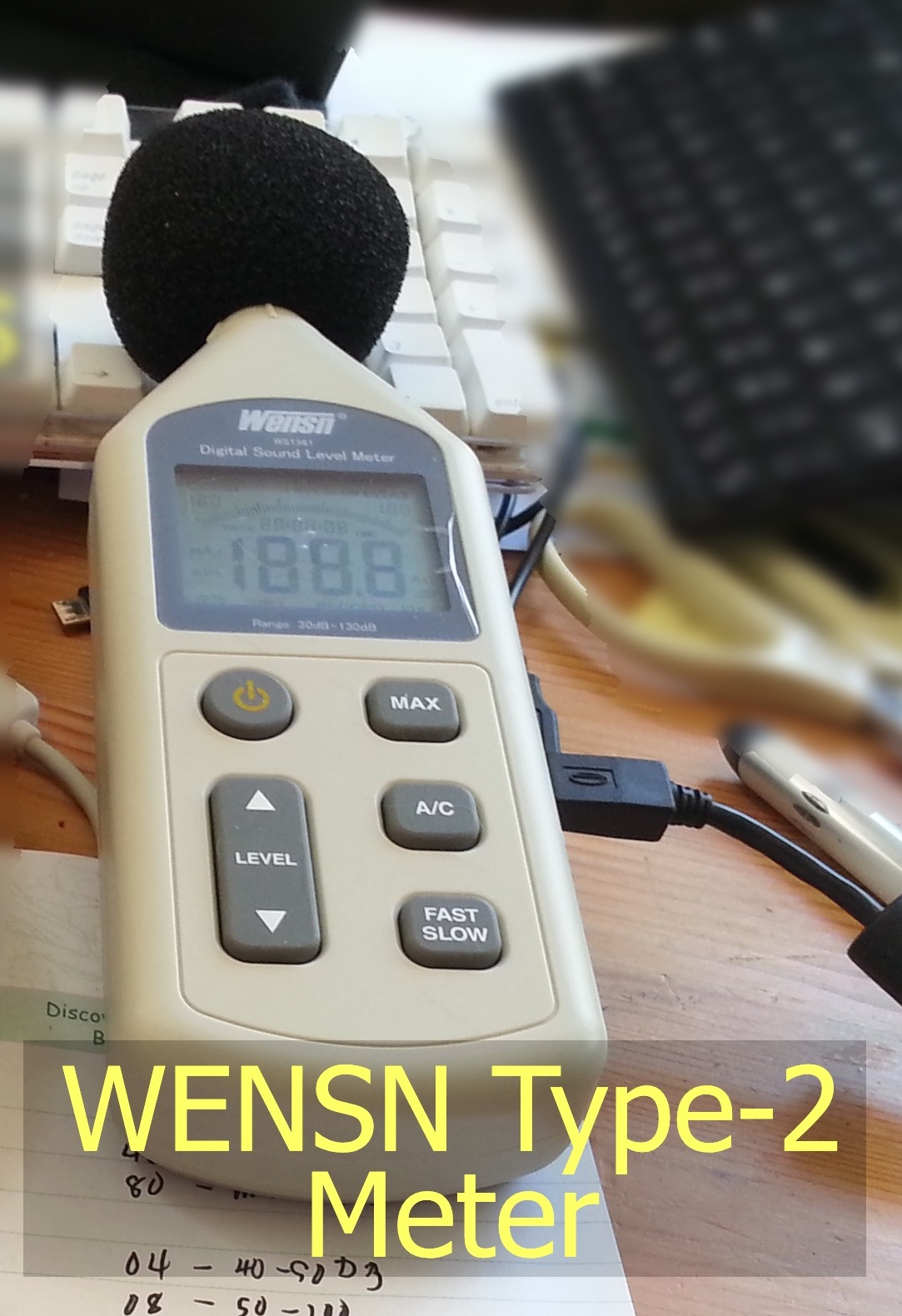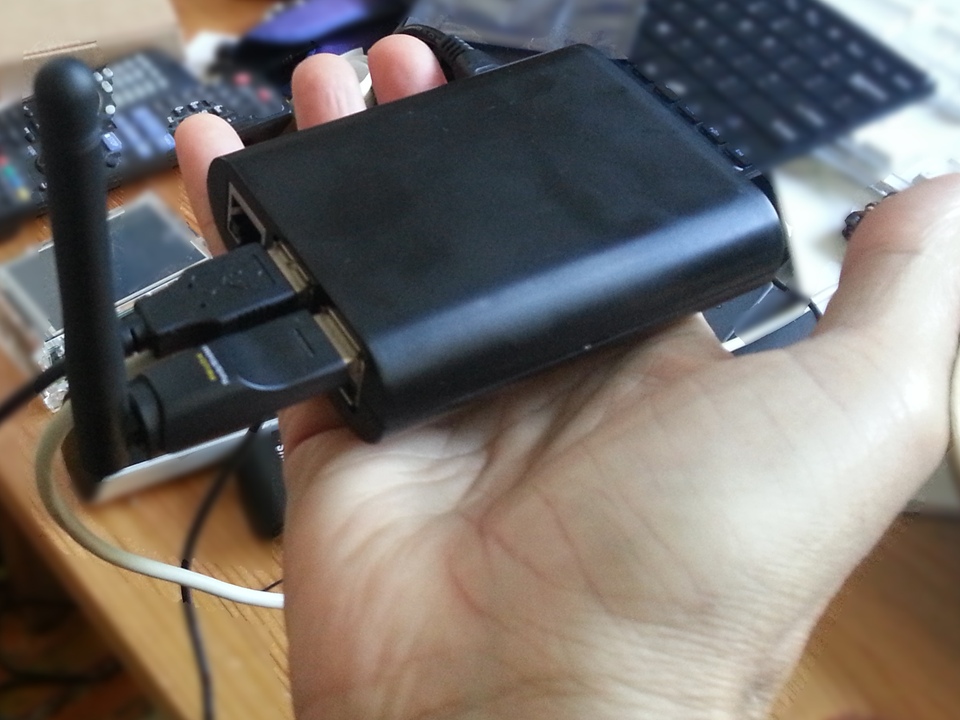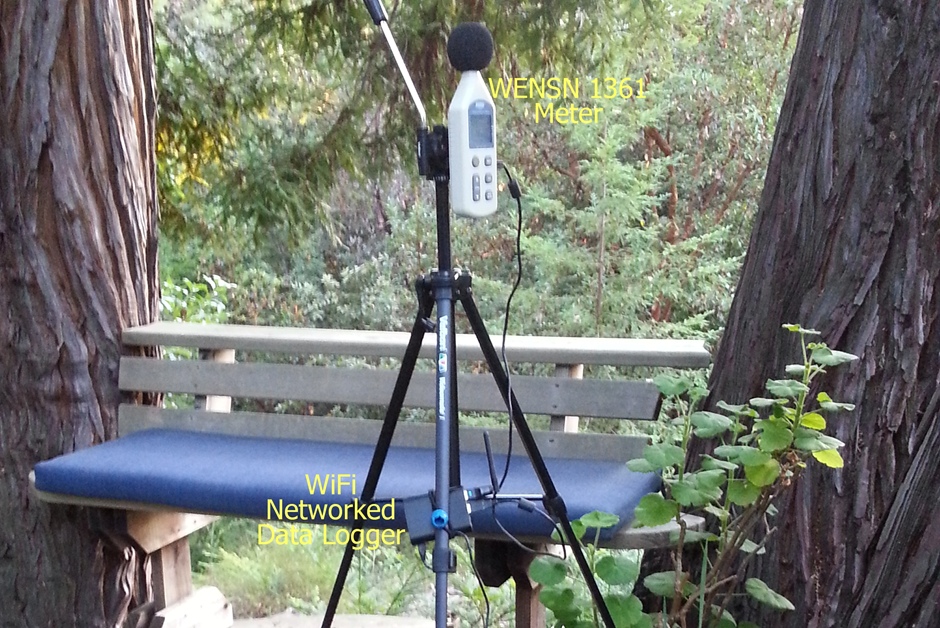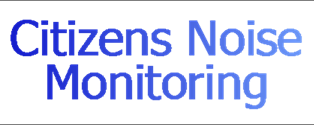Noise Monitoring System
This article has been superceded by this one: Noise Monitoring System (Version 2)
To everyone who contacted me about the noise monitor, and your willingness to fund one, thank you very much. This is all a grass roots project. It is crowd funded, basically, everyone pays for a small piece of it, and it helps us all bring pressure on the FAA to make them undo the terrible noise they have unleashed over our homes. The goal of this system is to provide wide coverage of the huge noise problem the FAA has foisted on us all. Indeed this is a nationwide problem. This is not a problem that will be fixed overnight, as the FAA is extremely uncooperative and unwilling to make any substantive changes. Having solid noise and sound level data will give us a tool to help us galvanize our politicians, to help regional advocacy groups, and even to help with legal action should we get to that point.
The Noise Monitor
At the last Save Our Skies Santa Cruz meeting August 30th, I discussed the networked noise monitor and logger system I am deploying throughout various parts of the country. I call it the Citizens Noise Monitoring system. I designed and developed it after it became clear we need hard data coupled with complaints to disprove a decades old noise analysis model that the FAA uses to dismiss complaints. This WEB site is part of that system as well as the hardware to gather the noise and disturbance data. This project started out local to Santa Cruz, but through the spirit of cooperation it started to spread. There are two networked loggers in the Cambridge, Massachusetts area, and a few in north Scotts Valley and the Santa Cruz Mountains. I have requests pending to deploy another thirty throughout Santa Cruz county, Palo Alto, the Boston area, and Seattle area.
The system is a commercially sold sound level meter (built to NIST type-2 standards) that is connected to a small microcomputer. It records the sound pressure levels, taking one reading each second 24 hours a day, 7 days a week. It then sends the readings to a central server for analysis. Click here to see an example of one the charts that can be produced. Select 95066, Scotts Valley then click on the Last 15 button to display the last 15 minutes of noise data in real time. What will also be available to people who host a noise monitor is a disturbance list that is generated from the collected noise readings. You will be able to copy then paste that list to your complaint emails.
The Meter
This is the meter used in the system. It is a WENSN 1361 type-2 sound level meter with USB output.

The Networked Logger
This is the networked logger. It is built around a Raspberry PI microcomputer. The meter connects to it via a USB cable.
It communicates via Wi-Fi through your network to the central server noise data repository (this WEB site).

Assembled System
When assembled it looks like this. In this configuration the meter and logger are attached to a camera tripod. Not shown are plastic bags which keep the rain off the
components. Other configurations are possible too. To reduce the cost, one of our volunteers is preparing an inexpensive metal post (replaces the tripod) which is driven into the ground to secure the components.
Another possibility, though not ideal is a house mount. The meter needs to be mounted where it is not acoustically shielded from the over flights.

Environmental Requirements
The noise monitor needs to be placed in a spot that has a decent sky view. A 45 degree cone of view is best. It should be able to be placed away from the house to not be shielded by it. The placement also needs to avoid proximity to loud noises such as cars, dryer vents, or open windows where there is a possibility of loud sounds (TVs, stereos, etc.) The monitor needs to be close enough (within 80 feet) of your Wi-Fi access point or router to establish a reliable connection. A grounded outdoor rated extension cord (three-pronged plug) is required to supply power to the system. Continuous power must be available as it has no battery. The system draws approximately six watts (less than a night light). It generates less than 1KB/sec bandwidth, so it places negligible load on your network.
Clear plastic bags will protect the meter, logger, and power supply from rains. It can operate between 28F to 105F, and should be brought inside if the weather gets extreme.
Price
The price of the noise logger system will be approximately $165. The price varies depending on quantity and availability of the parts. It also depends on mounting hardware, tripod versus metal pole, outdoor rated extension cords or additional weather-proofing. Please send no money, until I ask. When one is ready for deployment in the Santa Cruz county or SF Bay area, I or someone else will visit your place and find a good spot to set it up. For people outside of those areas, I have setup instructions to follow and I can be reached by phone, Skype, or email to assist you with the setup should you run into problems.Help us collect the data we need to fight the noise pollution. Join us by buying then setting up a networked noise logger at your home to get coverage throughout the nation. Contact us (click here)
